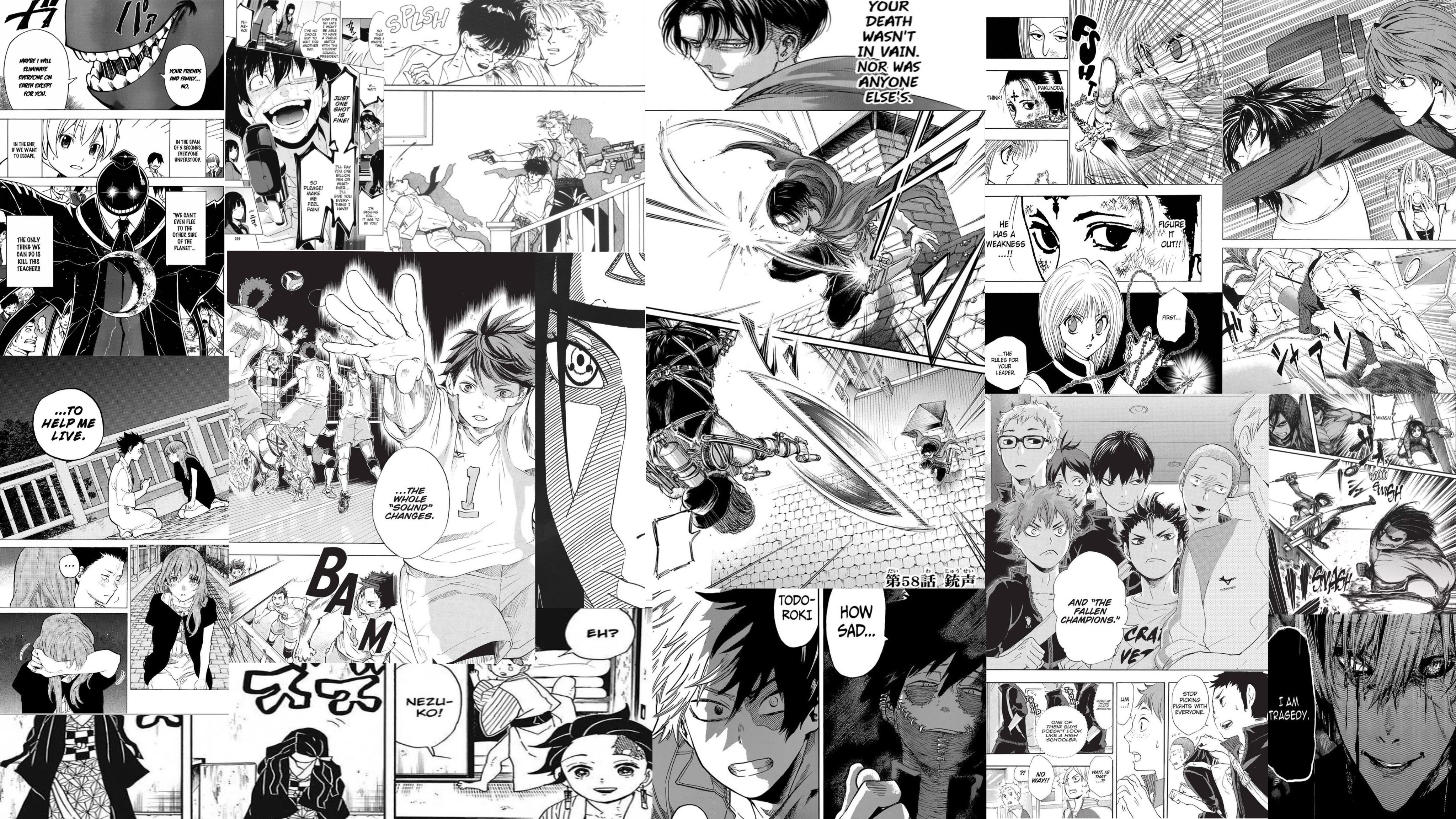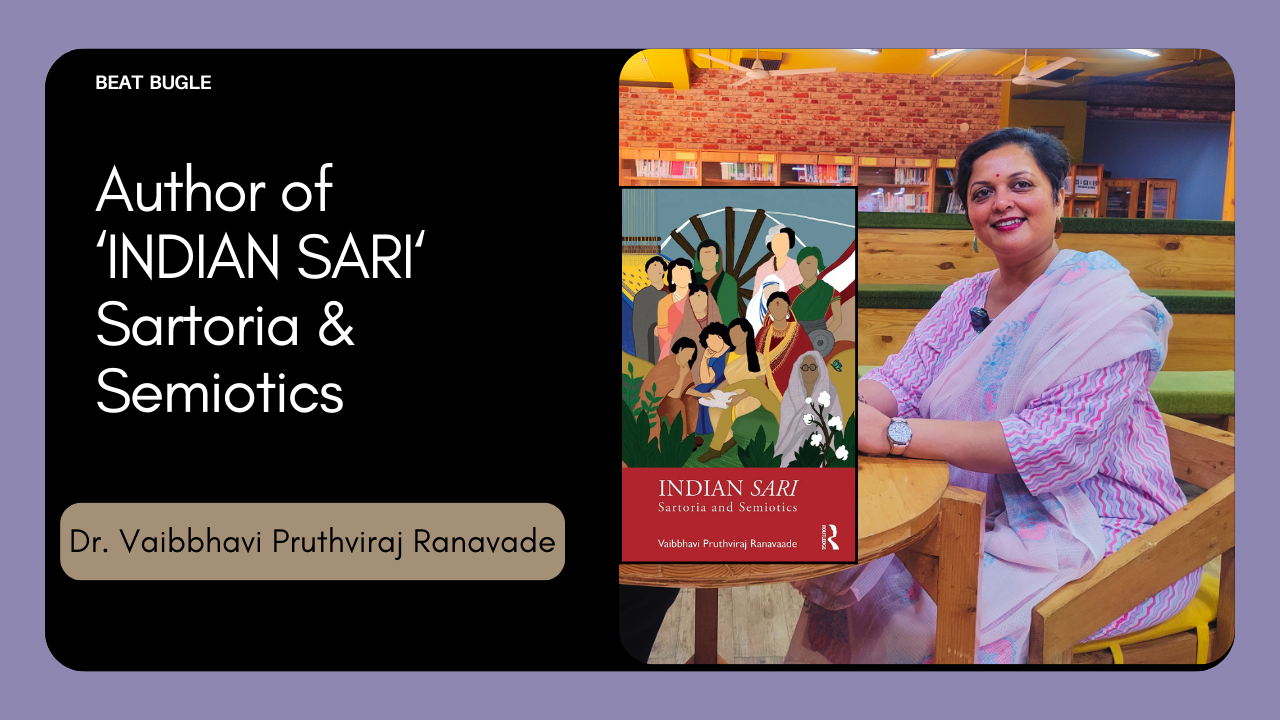By: Akhil Thakur
Manga is a Japanese comic book that is gaining popularity day by day, it was first introduced in 1814 but in 1902 Kitazawa Rakuten published the first modern Manga with four boxes per page and typed texts. Manga is an illustration drawn and conceptualized into a book by Mangaka. It’s like the weaving of visual imagery and setting a narrative to create stories. Just like a storyboard, frame by frame, the reader’s imagination is challenged with engaging stories.
- How different is Manga from a comic?
It may be amusing to note for the non-readers of Manga that the traditional style of reading is right to left and from top to bottom. This means that you start reading from the top right corner of the page and then move to the left, progressing from the top to the bottom of each page. The pages are often mirrored so that they can be read in the familiar left-to-right format. Manga is usually written in a monochromatic artistry, unlike Western-styled comics.
- The Manga enthusiast’s words :
Aditya Pathania, one of the avid Manga readers talks about how he got introduced to Manga;
“Nowadays reading Manga is one of the things that I love doing in my free time. I was introduced to the world of Manga when my favorite anime season 1 ended. I was just so excited that I could not put off my curiosity and I read the Manga of ‘ChainSaw Man’ my first impression was that it was just a colorless drawing book but when I read 4 to 5 chapters the horses of my imagination ran at full speed and it started imagining the thing in my mind as in a colorful movie.”

Abhilaksh Sharma, one of the students pursuing B (Tech) elucidated how he became a fan of Manga;
“Manga has been a friend of mine for a long time now.I started reading Mangas that were filled with adventure stories. Story about characters that loved what they were doing and were passionate about their life and the way they lived their life. I was filled with admiration and curiosity towards their life. How their life was so different and exciting. I got introduced to the world of manga through an Anime that I watched named Bakuman, it was about a main character who wants to be a mangaka and draw manga, from there I got introduced to the world manga and I started reading Manga.”
- Internationalization of Manga
The advent of digital technology has changed the way we read Manga; this era has led to the increasing popularity of digital Manga.Readers can now carry entire libraries in their pockets, allowing them to read the Manga of their niche in their free time. The accessibility allows them to be free from the burden of carrying hardcopy manga everywhere.Now, even readers outside of Japan can easily access manga, which was previously difficult due to physical distribution constraints. This digitalized shift in the Manga industry has broadened the appeal of Manga to its readers. While the readership remains niche, Manga enthusiasts show unwavering dedication toward their favorite Manga and Mangaka artists. The dedicated readership plays a crucial part in the success of Manga in the digital era. The stats show that the global manga market size was estimated at USD 12.13 Billion in 2022 and is projected to grow at a Compound Annual Growth Rate (CAGR) of 17.4% from 2023 to 2030.
The emerging trends of Manga have surpassed all the geographical, and socio-cultural borders. Manga has become a global phenomenon, influencing the way the world perceives Japan. It has also influenced other forms of comic art around the world. Manga has been used as a medium for cultural exchange as Manga has also incorporated traditional Japanese arts, such as calligraphy (shodō), in a modern context. This allows these traditional arts to reinvent themselves and become an integral part of everyday life.The use of visual symbols to convey emotions has challenged traditional storytelling norms.




